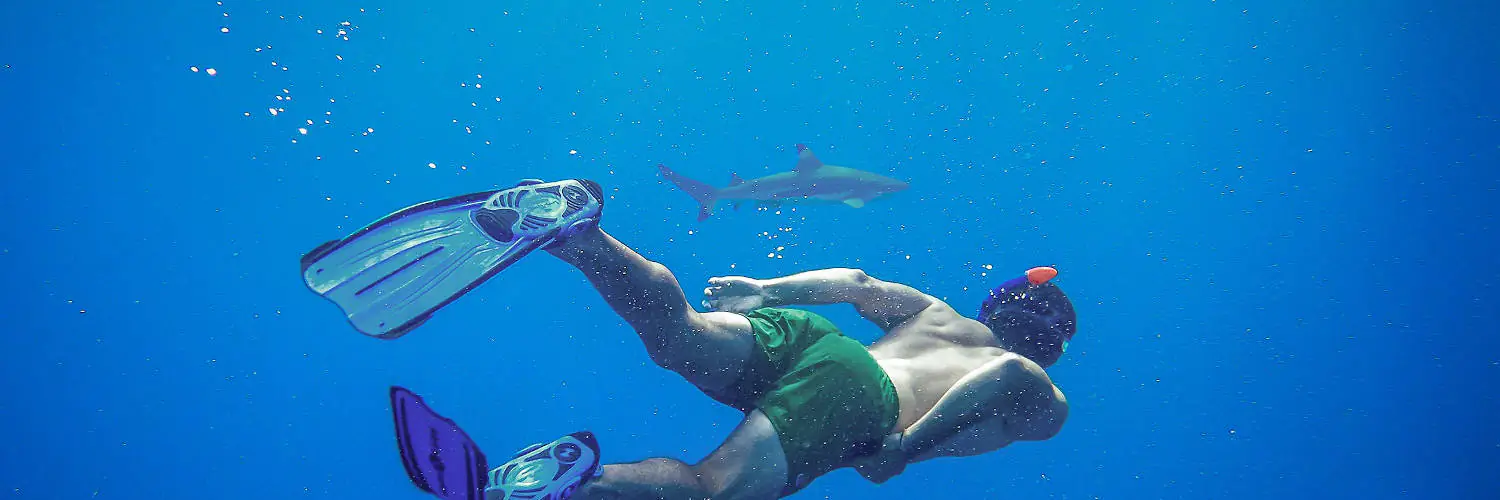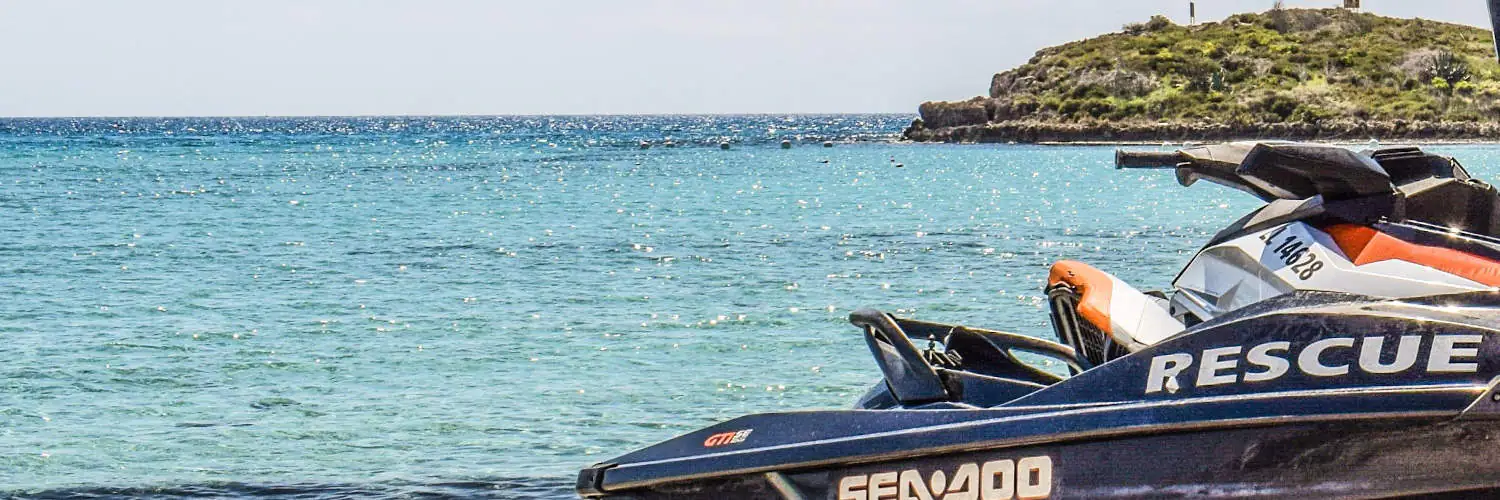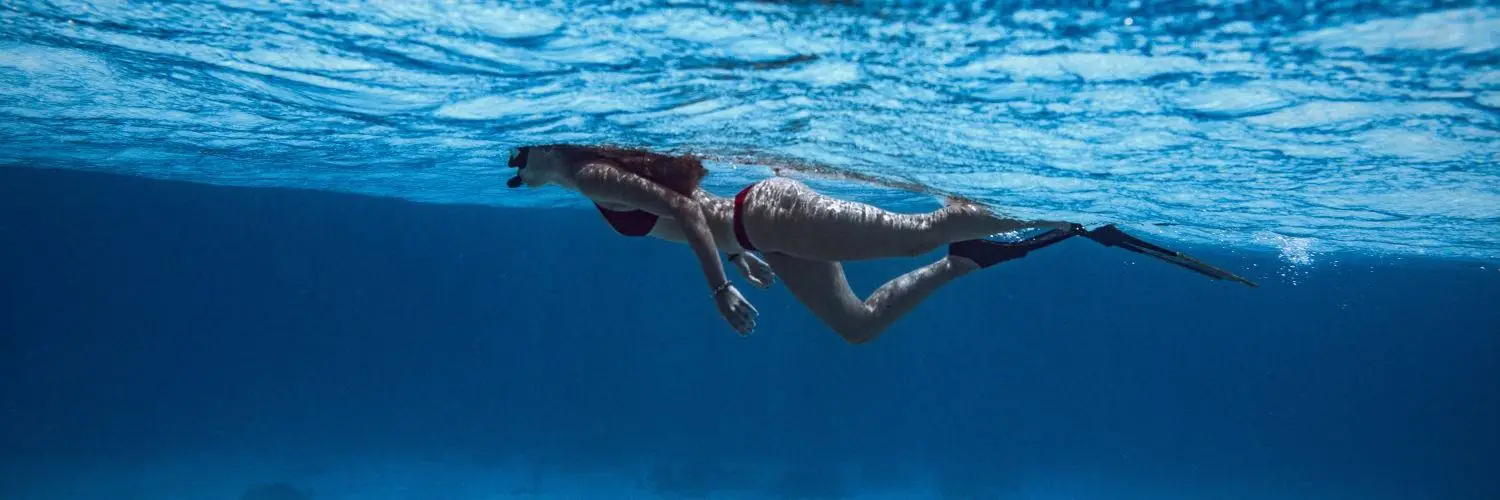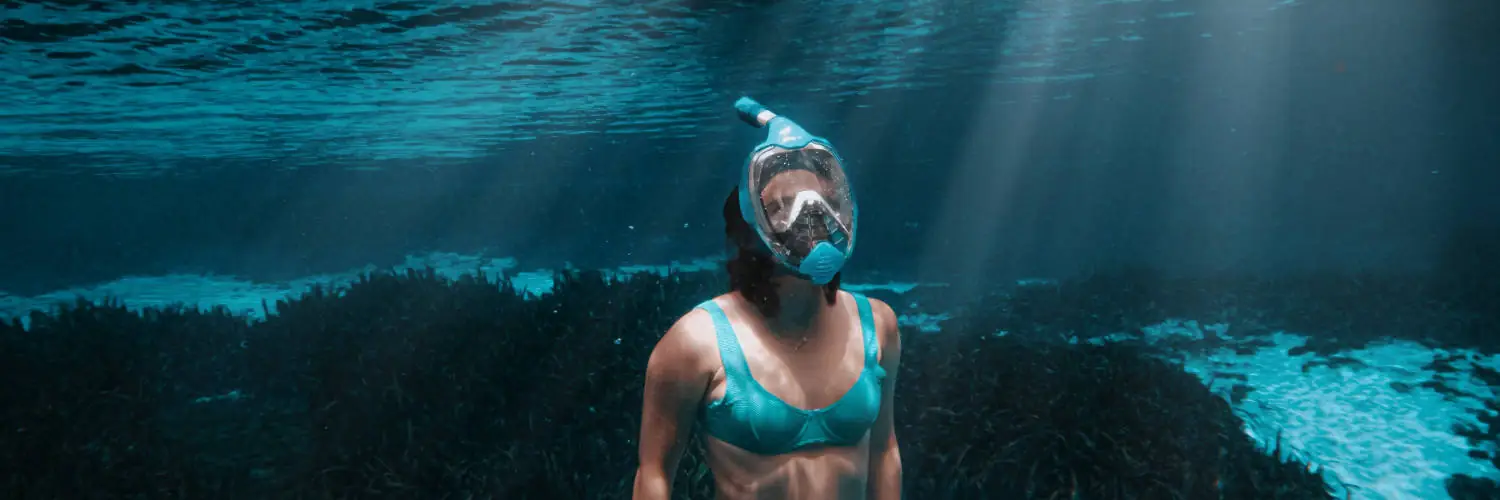Snorkeling from a kayak merges two aquatic activities into one thrilling adventure. It offers the opportunity to paddle out to prime underwater locations and then submerge into the marine environment with a snorkel to observe sea life up close. This combination exploits the strengths of both sports: kayaks can cover greater distances and access remote areas that might be too far to swim, while snorkeling provides an intimate encounter with underwater ecosystems.
Safety and preparation are key in making the transition from paddling to snorkeling seamless and enjoyable. Adventurers should ensure they are equipped with the proper gear and familiar with techniques for anchoring or beaching their kayak before entering the water. They should also be competent in both kayaking and snorkeling to navigate the potential challenges of changing currents and winds.
The advantages extend beyond the mere thrill and adventurous experience. Engaging in this dual activity can enhance physical fitness, as both kayaking and snorkeling are excellent forms of exercise. Moreover, the tranquility of gliding over water combined with the serenity of observing marine life can contribute positively to mental well-being. For those with a love for the ocean and a taste for adventure, snorkeling from a kayak presents an appealing experience, combining exploration, exercise, and the enchantment of marine discovery.
Table of Contents
Essentials of Kayaking to Snorkel Spots
When planning to snorkel from a kayak, one must consider the type of kayak, safety measures, and paddling methods to ensure a successful journey to snorkel spots.
Choosing the Right Kayak
The selection of a kayak is critical for combining kayaking and snorkeling. A sit-on-top kayak is generally preferred for snorkeling due to its stability and ease of getting in and out of the water. Stability is a primary concern; therefore, it’s advised to choose a wider kayak to avoid tipping while shifting from paddling to snorkeling.
- Type: Sit-on-top kayak
- Width: Wide for stability
- Features: Storage for snorkeling gear
Kayak Safety Tips
Safety must be a top priority when snorkeling from a kayak. One should always carry a personal flotation device (PFD) and be aware of ocean currents and weather conditions before setting off. They should also be equipped with signaling devices, like a whistle or a flag, for emergency situations.
- Must-have Safety Equipment:
- Personal flotation device (PFD)
- Whistle
- Flag
- Check before departure:
- Weather conditions
- Water currents
Paddling Techniques
Effective paddling techniques ensure one reaches their snorkeling destination with minimal effort and maintains control over their kayak. They should maintain a position above the kayak’s centerline to balance from left to right and paddle with smooth, consistent strokes to conserve energy.
- Positioning for balance: Sit directly above the centerline
- Paddling method: Steady pace with rhythmic strokes
- Conserving energy: Avoid over-paddling to save energy for snorkeling
Snorkeling Gear and Preparation
Before one can dive from a kayak to explore the underwater realm, having the correct snorkeling gear and ensuring proper preparation are paramount. Quality equipment and thorough planning can greatly enhance the snorkeling experience by providing both safety and comfort.
Selecting Snorkeling Gear
When choosing snorkeling gear, it’s important to focus on the mask, snorkel, and fins, as these are fundamental for any snorkeler. A mask should fit snugly without being too tight, creating a seal to prevent water ingress; anti-fogging features are a bonus. Fins should be comfortable and the right size, ideally adjustable to account for any swelling in the feet when in the water. The snorkel should have a comfortable mouthpiece and, preferably, a dry or semi-dry top to prevent water from entering.
Effective Use of Equipment
Once the gear has been chosen, one needs to understand how to use it effectively. Masks can be kept clear of fog by using anti-fog solutions or baby shampoo. Upon entering the water, fins should be put on when the water is around chest height to make it easier during transitions between kayaking and snorkeling. Breathing through a snorkel requires practice; one must breathe deeply and slowly to conserve air and energy.
Preparing for Ocean Snorkeling
Proper preparation entails checking weather conditions and understanding the snorkeling location’s current and tides. It is advised to plan entry and exit points from the kayak to ensure a safe snorkeling session. Additionally, equipping oneself with a safety whistle and a surface marker buoy for visibility in the ocean can be critical in maintaining safety standards during the excursion.
Exploring Marine Life
Snorkeling directly from a kayak allows enthusiasts to access diverse marine environments seamlessly. One can glide over coral reefs, observe a variety of fish, and perhaps encounter sea turtles in their natural habitats.
Identifying Marine Species
A crucial aspect of snorkeling from a kayak is the ability to recognize various marine life species. A knowledge base of fish types, coral structures, and marine wildlife is beneficial for an enriched experience. Enthusiasts may refer to marine guides or use waterproof identification cards, which often feature:
- Fish: Common tropical fish seen are the Parrotfish, Clownfish, and Angelfish.
- Coral Reefs: Recognize brain corals, fan corals, and staghorn corals.
- Marine Wildlife: Sea turtles and various crustaceans can be spotted, depending on the region.
Interacting with Wildlife Respectfully
Interaction with marine life should be respectful and passive. Observers must maintain a safe distance and avoid touch or disturbance. Snorkelers are advised to:
- Refrain from feeding wildlife to prevent dependency and behavioral changes.
- Avoid touching or stepping on coral reefs as they are delicate and essential for the ecosystem.
Marine Life Conservation
Conservation efforts are key to sustaining vibrant marine ecosystems for future snorkeling adventures. Practices include:
- Avoiding Pollutants: Ensuring that nothing harmful is left behind or introduced to the water.
- Supporting Protected Areas: Snorkeling in designated zones that focus on marine life preservation.
- Educating Others: Sharing knowledge about the importance of marine ecosystems and their inhabitants.
Navigating and Anchoring
When planning to snorkel from a kayak, understanding ocean currents and mastering proper anchoring techniques are crucial for safety and ensuring an enjoyable experience.
Understanding Ocean Currents
One must be aware of the ocean currents which can impact both navigation and anchoring. Currents are the horizontal movement of water, and they can vary in speed and direction based on location, wind, and the tides. Snorkelers should always check local current conditions before setting out and remain alert to changes while in the water. It’s advisable to paddle against the current at the start of the trip so that the return, potentially when one is tired, is with the current’s assistance.
Key points to consider:
- Check local current conditions before embarking.
- Avoid areas with strong currents if not experienced.
- Begin the trip against the current to aid the return journey.
Proper Anchoring Techniques
A reliable anchor system is necessary to maintain the kayak’s position while snorkeling.
To anchor a kayak effectively:
- Select a suitable anchor type for the ocean floor.
- Use sufficient rope length; typically, three to five times the depth of the water.
- Add a two-foot length of 3/8-inch chain between the grapnel anchor and the rope if in deep or swift water to ensure the anchor digs into the seabed.
Proper anchoring steps:
- Drop the anchor from the bow or stern to minimize drifting.
- Allow enough rope for the anchor to set.
- Secure the rope to the kayak, ensuring there is slack for waves and tide changes.
- Confirm the kayak’s position is stable before beginning to snorkel.
By carefully considering currents and using proper anchoring techniques, snorkelers can enjoy a stable and safe position from which to explore the wonders beneath their kayak.
Additional Tips for a Successful Adventure
To ensure a rewarding snorkeling experience from a kayak, one needs to prepare adequately and adapt to the ever-changing marine environment. By bringing essential gear and understanding weather and water conditions, adventurers can maximize safety and enjoyment.
What to Bring on Your Snorkeling Adventure
When preparing for a snorkeling trip from a kayak, one must carefully select items that cater to both convenience and safety. Essential gear includes:
- Sun Protection: A broad-spectrum sunscreen with high SPF is paramount to protect the skin against UV rays. Don’t forget UV-protective wear like a hat and long-sleeved rash guard.
- Snacks: Bring energy-boosting snacks that are easy to consume and non-perishable, such as nuts or granola bars, to maintain energy levels.
- Hydration: Pack ample water to stay hydrated, aiming for at least one liter for a few hours out on the water.
- Towel: A quick-dry towel is highly useful for drying off after snorkeling or sitting on within the kayak.
- Safety Gear: Always include a first-aid kit, whistle, and dive flag in the kayak for emergencies and to signal your presence to other vessels.
Dealing with Weather and Water Conditions
Understanding and adapting to weather and water conditions are key for a safe snorkeling adventure. Here’s how one can manage:
- Weather Forecasts: Heed the local weather forecasts to anticipate conditions like wind, rain, or storms which can affect water clarity and safety.
- Water Temperature: Check the water temperature before departure. It informs one on whether a wetsuit might be necessary to prevent hypothermia.
- Currents and Tides: An understanding of the day’s tidal movements and water currents ensures one can plan the snorkel route accordingly, avoiding areas with strong currents that are challenging to navigate by kayak.
By following these tips and being well-prepared, snorkelers can confidently enjoy their adventure with a focus on the fun and beauty of the underwater world.








